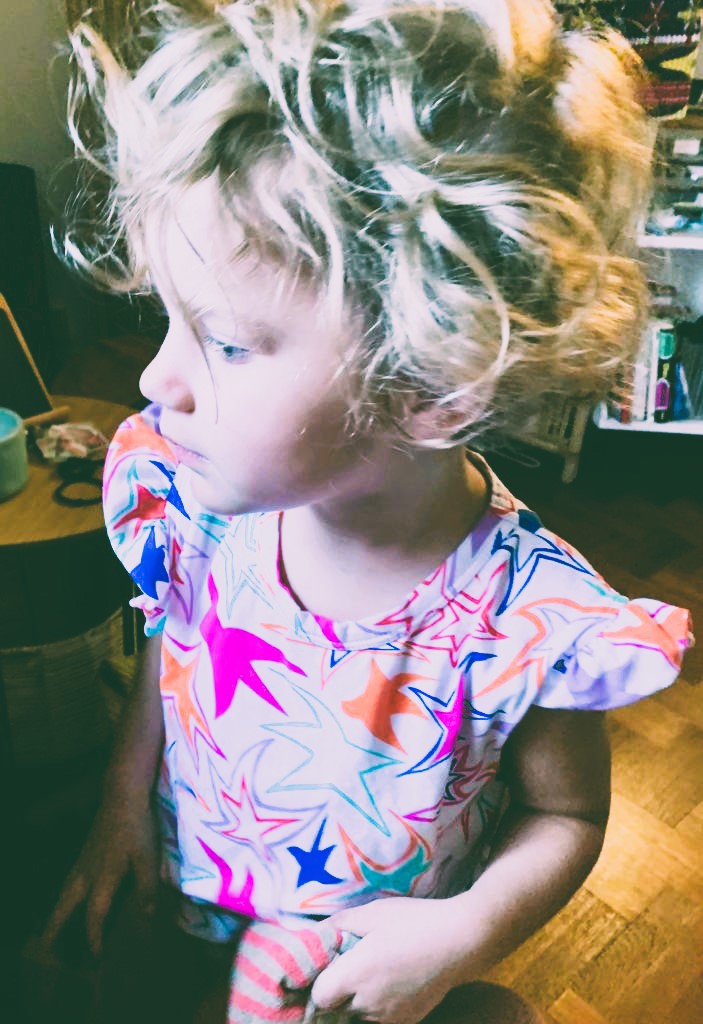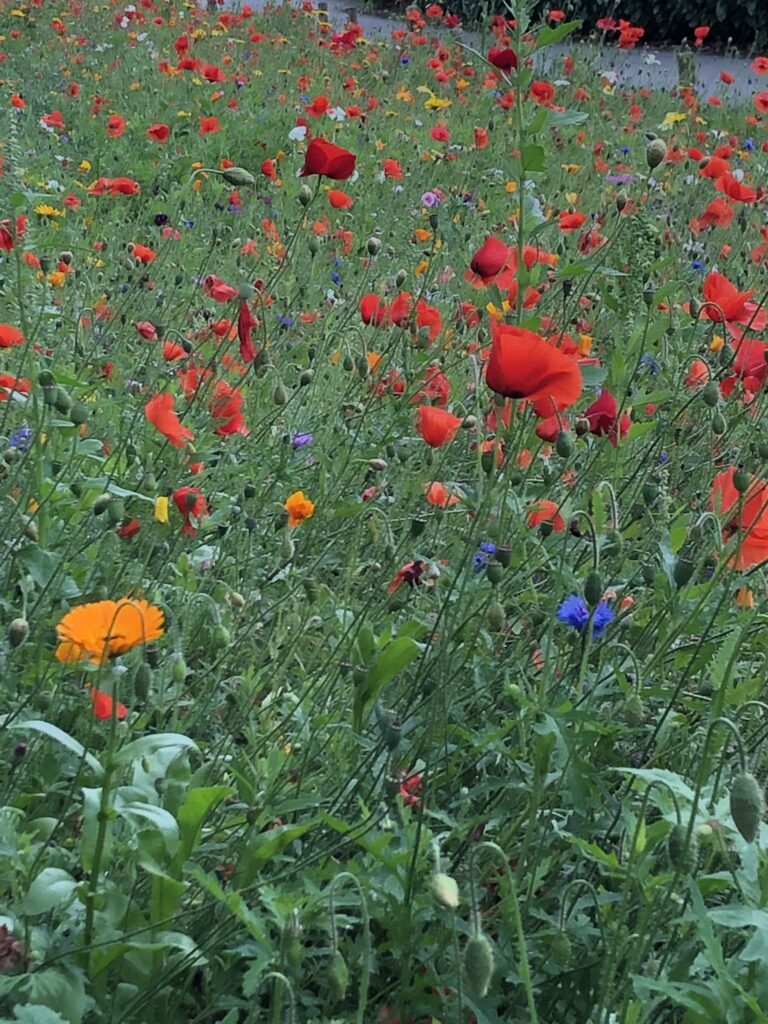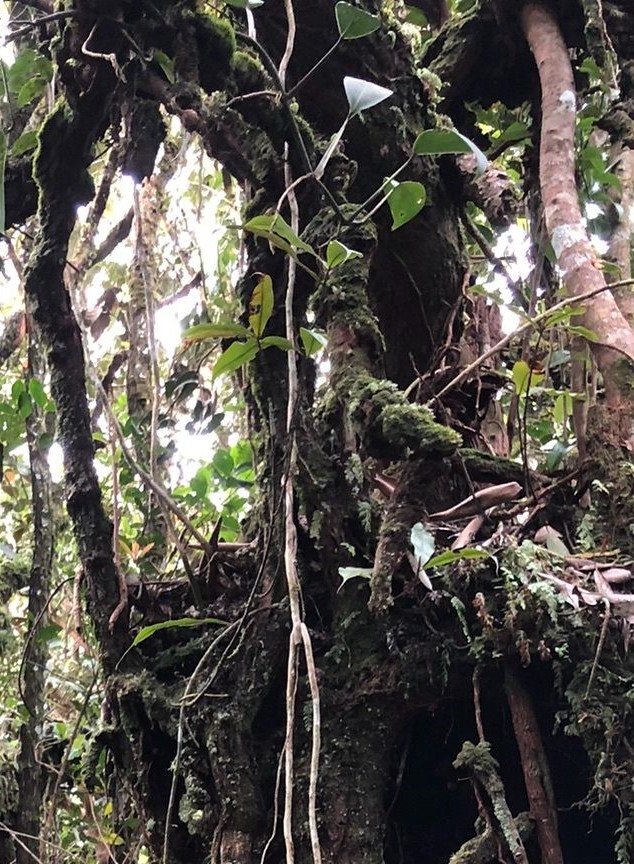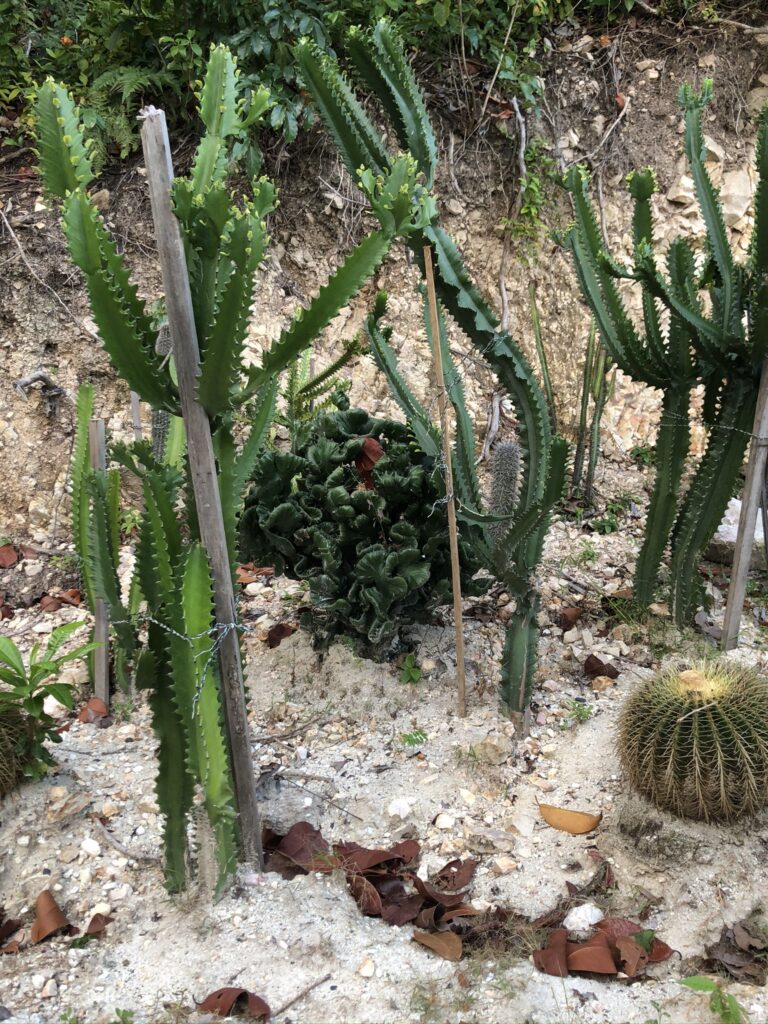“Liberation in meditation is achieved by progressive, healthy levels of dis-identification with our different bodies, and the recognition that they are ‘in us’ as the witnessing consciousness, rather than we being ‘in them’. This then liberates us into a much more playful, creative and loving relationship to life ourself and others. Healthy dis-identification leads us toward a fuller, richer, deeper experience of life, rather than a blander one!”
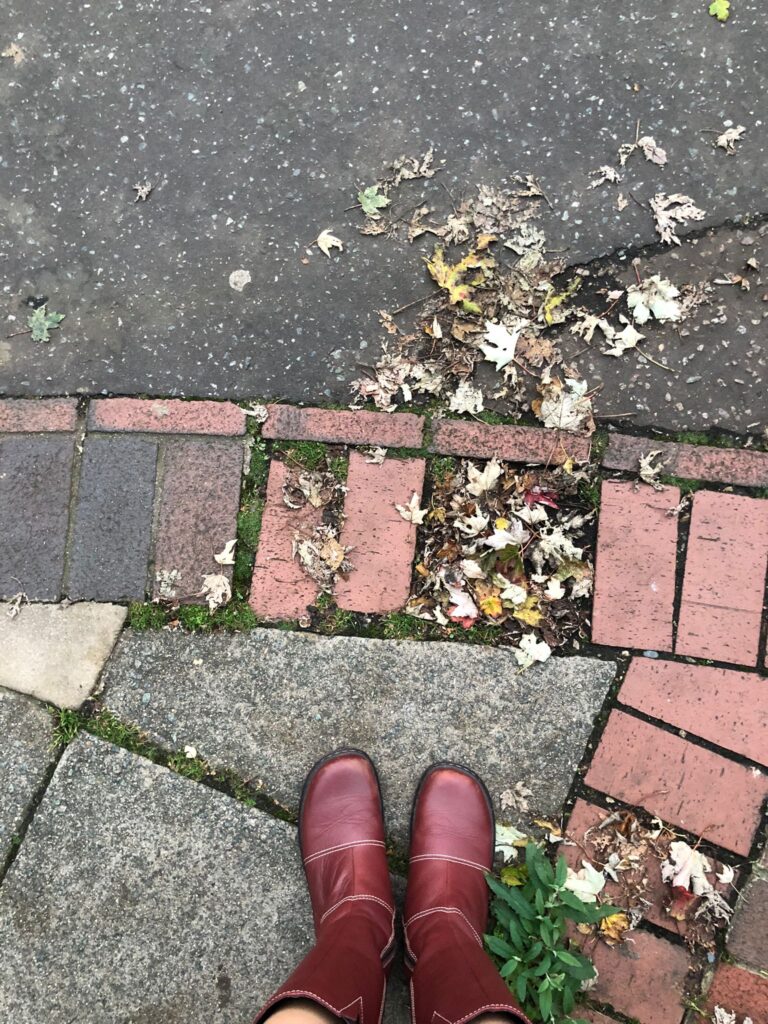
Dear Integral Meditators,
This week’s article explores the concept & experience of ‘energy bodies’, & the relationship between them & inner freedom.
If you enjoy it, then the Shamanic meditation workshop retreat on Sat/Sun Nov 25th/26th November is about learning to ‘travel’ in your subtle energy bodies, so that may be of interest.
Also, theIntegral Life Practice Sessions, are very much about working with your different bodies, and getting them all into shape!
Finally, this week’s Tuesday & Wednesday class is the Seasonal class: Samhain – Healing the wounds & receiving the gifts of our ancestors. It’s a nice way to appreciate and capitalize on our ancestral inheritance…
In the spirit of inner freedom,
Toby
Bodies within bodies – Witnessing with your energy bodies
We can all recognize our physical body, and if someone askes you to focus on your physical body you could probably do it for a while with a reasonable degree of proficiency, distractions aside. According to the meditative traditions, we have not just one body, but a series of bodies across a range of energy from gross to subtle to very subtle. There are different ways of describing it, but here is a relatively typical one:
- The gross physical body, corresponding to the literal weight-&-mass aspect of our body
- A vital, or etheric body corresponding to our biological life force, that surrounds and interpenetrates our physical body, but it is an ‘energy body’ rather than a physical body
- An astral or emotional body, subtler still than the etheric, that surrounds and interpenetrates the physical and etheric
- A psychic or mental body that corresponds to our thinking self, more subtle than the three lower levels, surrounding & interpenetrating them
- A causal, or very subtle body, made of formless consciousness, that contains all the lower levels
There are ‘levels within each level’ so to speak, but the above gives you a basic idea. You can get a sense of each ‘body’ by observing them in meditation:
- You can practice mindfulness of the physical body, and the sensations within it. You can further observe the more subtle movement of energy within the etheric or vital body
- You can get a sense of your astral & psychic bodies by watching your thoughts and emotions, and getting a sense of the ‘body of energy’ that holds and contains them
- As a slightly more advanced practice you can watch consciousness itself, and get a sense of the very subtle ‘body of energy’ that corresponds to the experience of awareness itself.
Practising all three of the above levels over time, you will get a sense of each body being contained, or held by the next level of energy-body.
Combining this with witnessing practice
‘Liberation’ in meditation is achieved by progressive, healthy levels of dis-identification with our different bodies, and the recognition that they are ‘in us’ as the witnessing consciousness, rather than we being ‘in them’. For example, we can observe that:
- Often it feels as if our ‘I’ is sitting inside our physical body, we are it and it is us. If we take a position of ‘self as the consciousness that witnesses the body’, then we can flip this, reflecting that “I am not within my body, my body is within me”. The physical body becomes an object of consciousness (an ‘it’), rather than the subject (an ‘I’)
- Similarly, we can notice that often our sense of self is locked inside our thoughts and emotions, we mistake our mental and emotional activity for ‘me’. Noticing this in meditation, we can perform a similar ‘flip’ of perception; “I am not my mind and emotions, my mind and emotions are within me.” Again, here we are identifying the ‘I’ as the witnessing consciousness, not the thoughts & emotions that are the ‘content’ of consciousness
- A ‘level three’ practice is to observe the formless awareness of our consciousness body, and discern that there is ‘consciousness’ and ‘the observer of consciousness’. Once again, after noticing this we do a ‘flip’; “I am not within my consciousness, my consciousness is within me”.
The above practices gradually lead to a sense of self that is related to but different from our gross body, mind and consciousness. Our ‘I’ becomes liberated from, or ‘free’ from identification with the things that are not it.
The practical effect of witnessing our bodies in this way is that our life becomes much less stressful. Even when faced with challenges, sufferings and tribulations, we can sustain a sense of even-mindedness because we take it less personally. There is less ‘I’ caught up with the drama. This then liberates us into a much more playful, creative and loving relationship to life ourself and others. Healthy dis-identification leads us toward a fuller, richer, deeper experience of life, rather than a blander one!
Related articles: The body is in you – How to go into deep meditation quickly
Watching & then dropping the watcher
Article content © Toby Ouvry & Integral Meditation Asia 2023. you are welcome to share, but please cite the source, thanks! Contact info@tobyouvry.com
Integral Meditation Asia
Online Courses * 1:1 Coaching * Books * Live Workshops * Corporate Mindfulness Training *Life-Coaching * Meditation Technology

